To drill the right hole in wood, metal or plastic, you'll need to right type of drill bit. Drill bits are typically sold in sets and are used in nearly every industry as well as around the home, whether you're just installing a new light fixture or building furniture. There are many types of drill bits available, each with a specific design that makes it best suited to a particular purpose, whether it's drilling into tile or installing cabinet hinges. Here's a look at the many types of drill bits you can buy and some advice to help you find a good drill bit set for home or work.
Image credit: Peter Barker


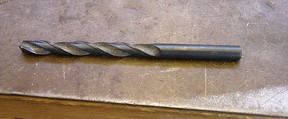 These drill bits are also called twist bits or metal drill bits and are by far the most used type of drill bits. They're best suited for everyday uses and drilling through a wide variety of metals, plastics and wood. Most feature a cylindrical shank although you can also find some with a 1/4" hex shape for use with an impact driver of screwdriver. These bits stand out from others because they have a black color. Some HSS bits are coated with titanium or cobalt (explained below). While these coated bits are more expensive, they have a much longer life. (Image courtesy of
These drill bits are also called twist bits or metal drill bits and are by far the most used type of drill bits. They're best suited for everyday uses and drilling through a wide variety of metals, plastics and wood. Most feature a cylindrical shank although you can also find some with a 1/4" hex shape for use with an impact driver of screwdriver. These bits stand out from others because they have a black color. Some HSS bits are coated with titanium or cobalt (explained below). While these coated bits are more expensive, they have a much longer life. (Image courtesy of 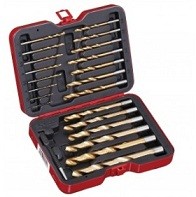
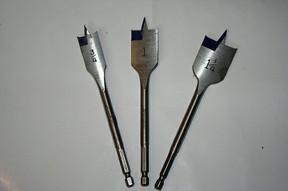 These bits are designed for making large holes in wood and most have an extension shank and a 1/4" hex shank. Like the auger bits below, these are very common
These bits are designed for making large holes in wood and most have an extension shank and a 1/4" hex shank. Like the auger bits below, these are very common 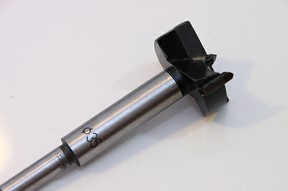 These bits are designed for one specific purpose: creating concealed hinges. They have a flat-bottom shape that helps you stop right before you go through the wood. Some forstner bits have a continuous rim, which works best if you want a small hole. For larger holes that are a little rough, you'll want a saw-tooth rim on the forstner bit.
These bits are designed for one specific purpose: creating concealed hinges. They have a flat-bottom shape that helps you stop right before you go through the wood. Some forstner bits have a continuous rim, which works best if you want a small hole. For larger holes that are a little rough, you'll want a saw-tooth rim on the forstner bit.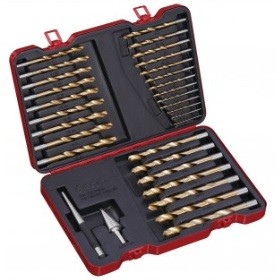 As with most
As with most 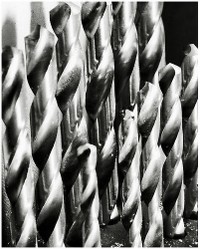

 Overview of Air Tools for Mechanicson 10/18/2012
Overview of Air Tools for Mechanicson 10/18/2012
 Most Common Hand Tools for an Electricianon 09/14/2012
Most Common Hand Tools for an Electricianon 09/14/2012
 Top 10 Hand Tools for the New Homeowneron 09/04/2012
Top 10 Hand Tools for the New Homeowneron 09/04/2012
 How to Buy a Tap & Die Seton 08/28/2012
How to Buy a Tap & Die Seton 08/28/2012

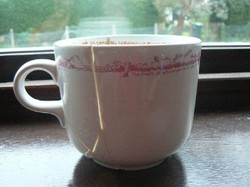
Comments